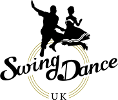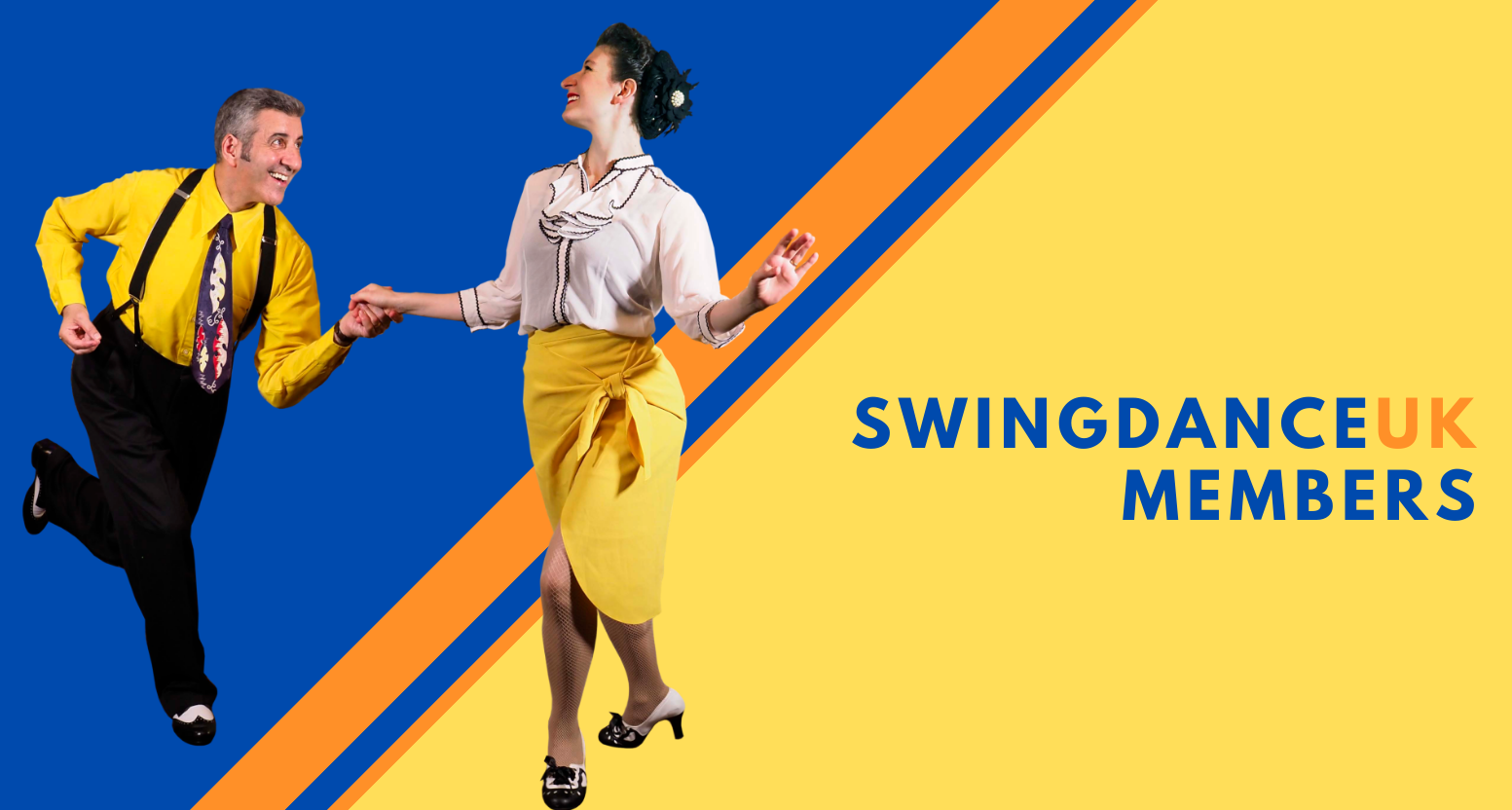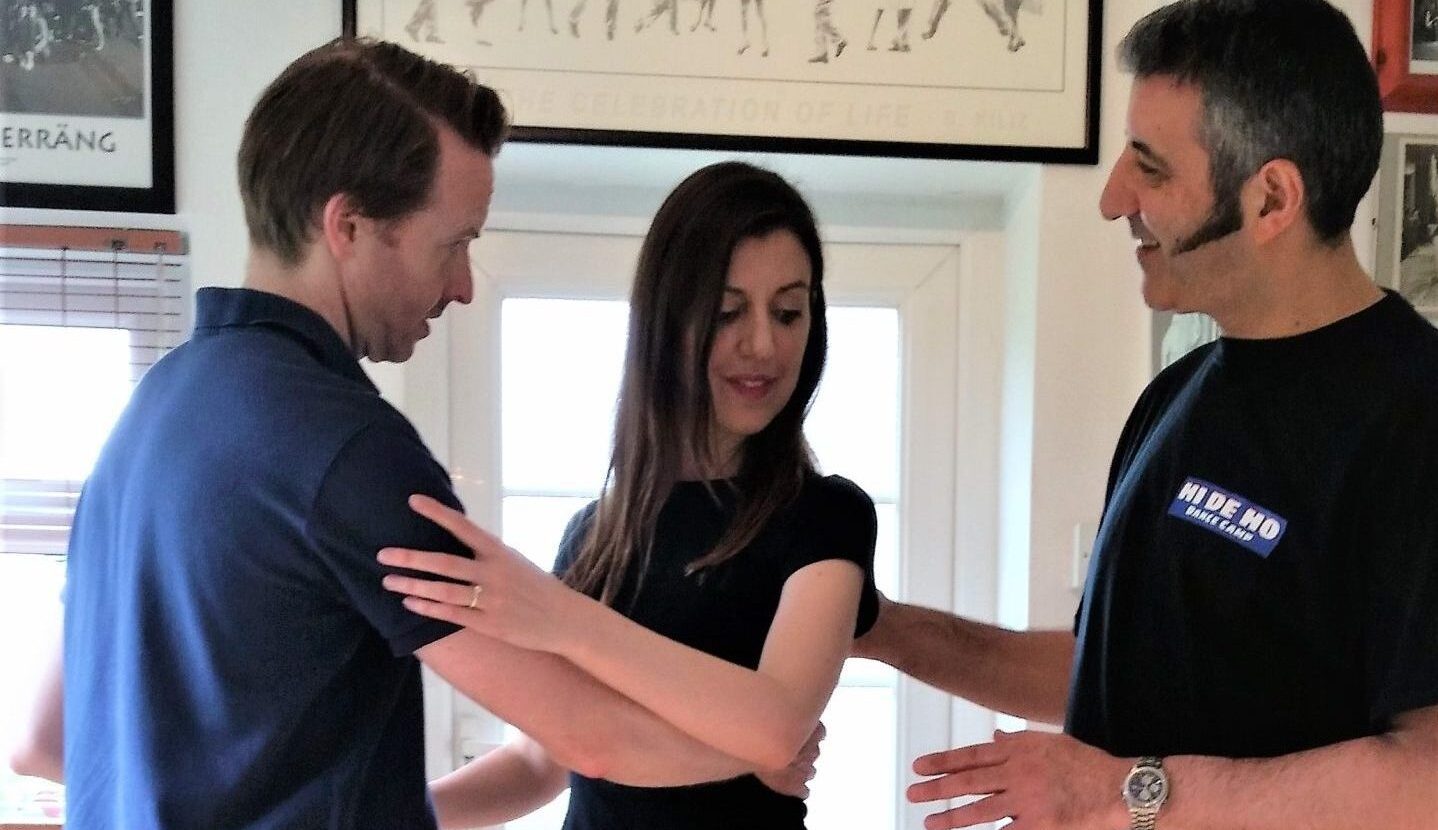Black Lives Matter.
To be clear: There is no room in our community for racism or discrimination of any kind. Lindy Hop is a African-American dance. May we never forget that and may we all step up together to do more and to do better.
#BlackLivesMatter #LindyHoppersAgainstRacism
What We Teach
I often get asked what is the difference between Swing, Lindy Hop, Jitterbug and Jive. There can be many hours of debate over the correct answer and it really depends on who you talk to but I think of Swing or Jazz and Big Band Swing as the original music the dance was first done to and Lindy Hop as the first name popularised to describe the dance. Jitterbug originally described a Swing aficionado or hep cat but later on was also used to describe the dance and Jive was a term that became popular in England after WW2 to describe the dance.
Early forms of Jive/Rock n Roll dance as seen in the movies such as Rock Around the Clock and Don't Knock the Rock which were danced to Rhythm & Blues and Rock & Roll Music, are also part of the Lindy Hop family. (Note: Gill Brady one of the dancers in these movies told me first hand that they called their dancing Lindy until the publicity machine around the films started calling the dance Rock n Roll)
Nowadays it is very common to hear the term "Swing dance" as a description for all styles of partner dance that are done to Swing music which also includes the dance styles Balboa and Shag.
The Lindy Hop developed from dances such as the Cakewalk, Ragtime and Charleston along with Authentic Jazz Dance, now known as Jazz Roots, which includes the Big Apple, Shim Sham and Tranky Doo in its family.
Simon Selmon
Check out our regular classes here
Plus access class videos 24/7 from the comfort of your own home and replay them as many times as it takes to really pick up the moves with our Webb membership! FIND OUT MORE
Lindy Hop

Lindy Hop, the Grand Daddy of Swing, is a jazzy, energetic dance which was primarily born out of Harlem ballrooms in the late 1920s and 30s.
It was claimed the term 'Lindy Hop' was first coined by George "Shorty" Snowden, drawing inspiration from Lindbergh's pioneering aeroplane flight across the Atlantic in 1927.
Characterized by imaginative combinations of 6 & 8 count moves, acrobatic lifts and "breakaways" in which partners separate and improvise steps individually, the dance is free spirited and fun, encouraging creativity and innovation.
This is perhaps why, 90 years on from its inception in ballrooms such as the famous Savoy, Lindy Hop is enjoyed today by a new generation of dancers around the world, all bringing something original to the dance and making it their own.
Lindy Hop Online Classes - access class videos 24/7 from the comfort of your own home and replay them as many times as it takes to really pick up the moves! FIND OUT MORE
Charleston
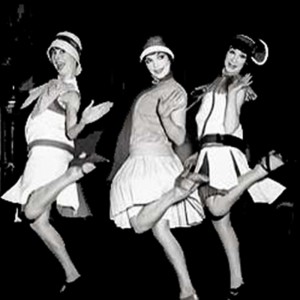
Think of the 20s and you immediately think of Charleston capturing the exuberant spirit of the age. (Not to be confused with the swing era 'Lindy Charleston' steps which are part of swing dance family).
Fast (frantic even!) with shimmying flappers, swivelling footwork and no inhibitions, whether it's solo or partnered, this dance is about having fun and going wild!
Considered reckless and decadent in an age of prohibition, traditional ballrooms displayed signs reading "Please Charleston Quietly".
But our Bees Knees are loud and proud - they'll have you swinging those arms and shaking your 'Black Bottom' like you never knew you could!
And if solo's not your style, toddle along to the Partnered Charleston class and step-touch your feet with a partner.
Charleston Online Classes - access class videos 24/7 from the comfort of your own home and replay them as many times as it takes to really pick up the moves! FIND OUT MORE
Shag

Shag dates back to the early 30s, and today is now known as Collegiate Shag.
During the '30s it was often danced by college students, who were spicing up traditional ballroom dances and injecting them with some teenage spirit
and then tamed by Arthur Murray for a wider audience.
Best suited to medium & faster tempo Swing music, it is most frequently danced with a 6 count 'step hop, step hop, run run' basic step,
alternating between a close hold position, side-by-side and breakaway moves.
If this bouncy style sounds like your kind of thing then hop, kick and truck on down to the Shag class.
Online Classes - access class videos 24/7 from the comfort of your own home and replay them as many times as it takes to really pick up the moves! FIND OUT MORE
Balboa
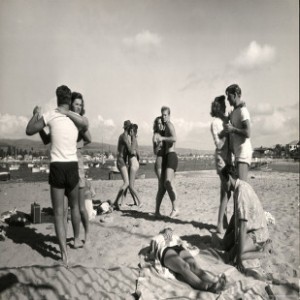
Love dancing to faster music? Then Balboa could be the dance for you.
Originating from the Balboa Pavilion in Newport Beach, California, the dance became popular in the 30s and 40s.
As a response to overcrowded dance floors, Balboa evolved as a very close hold dance, with shuffling footwork and a subtle lead/follow connection relying on the shifting of weight.
The upper body remains very still in this dance, with most of the movement below the knees.
Although usually danced to quicker tempo music, Balboa can also be adapted to slower music, allowing more time for intricate footwork.
Balboa Online Classes - access class videos 24/7 from the comfort of your own home and replay them as many times as it takes to really pick up the moves! FIND OUT MORE
Blues
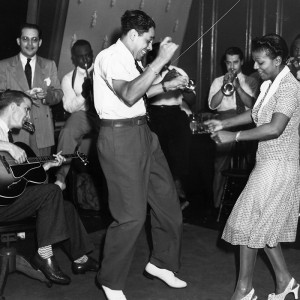
The lights dim, the heat on the dance floor rises and night creeps slowly towards morning - that's the time for Blues dancing!
Blues dancing is slow dance, it has fluid, highly rhythmic and expressive body movements. Like the film Dirty Dancing, Blues is an 'after-hours' dance, often misunderstood as sexual or 'sleazy', in reality, the real beauty of Blues is in its focus on connection.
Whether you're dancing with a partner or on your own, Blues is about experiencing the full range of human emotion - love, passion, joy, sadness, pain..
There's no limit to the emotions that music can evoke in us, and likewise no limit to where Blues can take you in your dancing - if only you're ready to let it!
Frankie Manning & Dawn Hampton called it slow dancing, Mura Dehn called it Blues dancing. Experience dancing to great artists such as B.B King, Muddy Waters, Sidney Bechet, Bix Beiderbecke, Dinah Washington, Ella Fitzgerald, Nina Simone, Diana Krall, Norah Jones and Carla Bruni.
Blues Online Classes - access class videos 24/7 from the comfort of your own home and replay them as many times as it takes to really pick up the moves! FIND OUT MORE
Big Apple
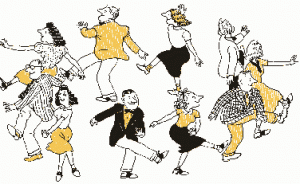
Social Big Apple: Learn your Suzi Q from your Swing-a-roo, your Truckin’ from your Wiggle! The Big Apple was born in the 30s in Columbia, South Carolina and takes its name from the 'Big Apple' Juke Joint where it was first danced. It became an extremely popular social dance in its day and even spread to the Savoy Ballroom, Harlem, the home of the Lindy Hop.
The Big Apple was danced in a circle, a leader called out the names of the moves - Suzy Q, Spank the Baby, Apple Jack etc - and the rest of the dancers followed. There were literally hundreds of moves that made up the dance!
Big Apple Contest: Based on the description of the original social dance, Frankie Manning choreographed a fast and furious performance version for Whitey's Lindy Hoppers which can be seen in the film "Keep Punchin" and is today a well-known staple at big Lindy Hop gatherings & festivals.
Big Apple Online Classes - access class videos 24/7 from the comfort of your own home and replay them as many times as it takes to really pick up the moves! FIND OUT MORE
Shim Sham
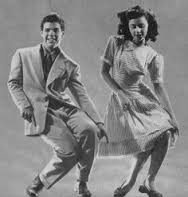
If you've ever been swing dancing I'm sure you have seen a version of the Shim Sham Shimmy.
It's a 1920s line dance made popular once again with today's dancers by that King of Swing, Frankie Manning.
This routine was originally a tap routine and is credited to Leonard Reed & Willie Bryant.
It's a must for anyone who calls themselves a Lindy Hopper!
Shim Sham Online Classes - access class videos 24/7 from the comfort of your own home and replay them as many times as it takes to really pick up the moves! FIND OUT MORE
Jazz Roots
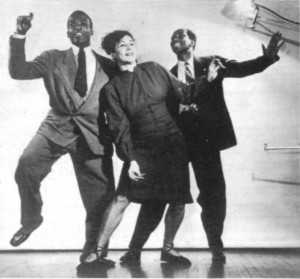
Jazz Roots or Authentic Jazz was born out of African American vernacular dance of the late 19th and early 20th centuries.
Today, jazz dance manifests itself in many different forms. However, understood in relation to the dances of the jazz era (1920s - 40s),
the term covers dances such as Cakewalk, Black Bottom, Charleston, Boogie-Woogie, Lindy Hop and Tap.
Emerging out of a vernacular tradition of social dance, jazz dance takes to its heart the concepts of improvisation and self-expression.
By learning a jazz routine, with choreographed steps and patterns, this gives you a foundation from which to build upon your own styling and technique,
and gives you confidence to transfer some of the steps you have learnt and improvise with them in your Lindy Hop dancing.
Jazz Online Classes - access class videos 24/7 from the comfort of your own home and replay them as many times as it takes to really pick up the moves! FIND OUT MORE
Cakewalk & Ragtime
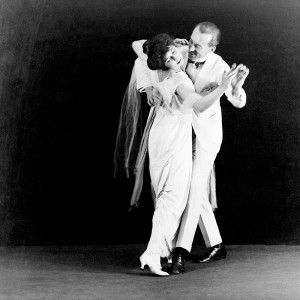
From the 1860s to 1914 was the beginnings of social dance as we know it. Starting with the Cakewalk which begun as a parody of formal European ballroom dances preferred by the plantation owners in the southern states of America by their slaves but moved into mainstream popularity between the late 1890s and 1910. Ragtime became popular in the growing urban cities of the early twentieth century with dances based around a one step and included the Turkey Trot, Horse Trot, Kangaroo Hop, Duck Waddle and the Grizzly Bear. The only dance to survive after WW1 was the Foxtrot.
Online Classes - access class videos 24/7 from the comfort of your own home and replay them as many times as it takes to really pick up the moves! FIND OUT MORE
SDUK Classes
SwingdanceUK Membership
The must have membership site for learning how to Swing dance! Access classes 24/7 from the comfort of your own home! Join SwingdanceUK Membership Today and take your dancing to new heights!
Classes in: Lindy Hop, Jazz & Charleston, Blues, Balboa, Big Apple, Trunky Doo, Dean Collins Shim Sham.
FIND OUT MORE
Private Lessons
The FAST TRACK to learning - Private Lessons with Simon. Email for details or to book.
